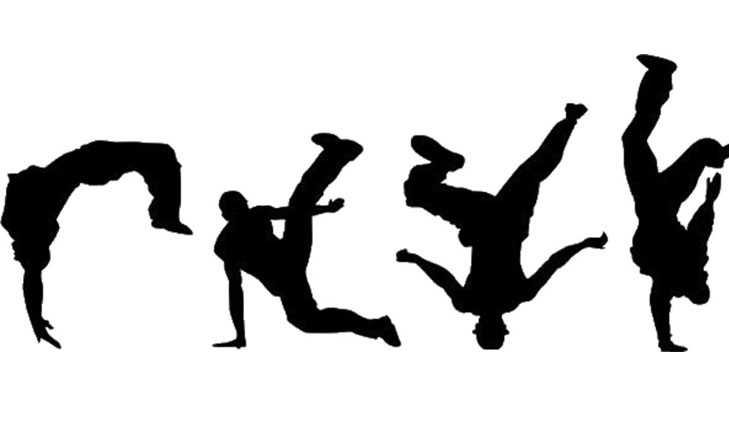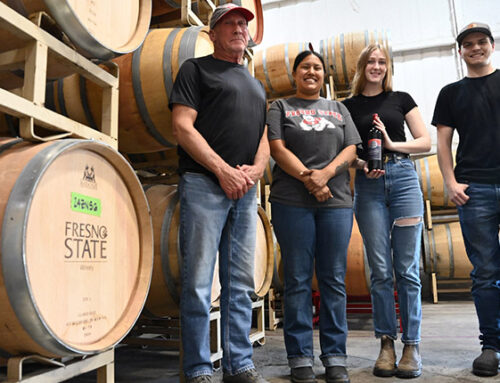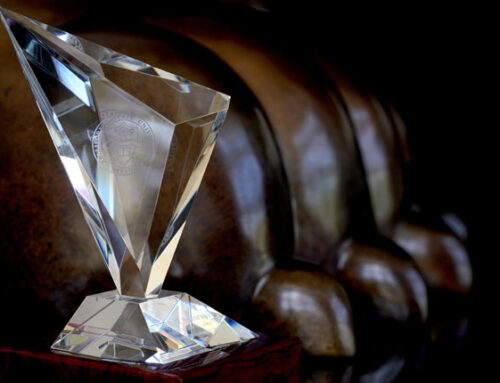In 1979, Soul Train host Don Cornelius introduced the nation to five dancers who called themselves the Electric Boogaloos. “As you may know, these very creative young men have invented a dancing style that’s becoming very popular, and it’s described as ‘popping,’” Cornelius announced to the cameras. What came next was the unleashing of a dance craze that inspired a series of films during the 1980s including “Breakin’ 2: Electric Boogaloo,” as well as some of Michael Jackson’s most iconic dance moves. But as popping infiltrated the national consciousness, few knew the fad originated in Fresno.
A group of Fresno State history professors launched a project to document and preserve the origins of popping as the first project of the “Valley Public History Initiative: Preserving our Stories.” The project will launch on Saturday, Nov. 19, at the Henry Madden Library (Room 2206), where students and faculty will collect oral histories from the people connected to the early days of the dance form.
“We are thrilled to kick off the new public history initiative by looking at West Fresno’s youth culture. In addition to sharing the history of popping, we hope to collect stories from participants in Fresno hip-hop culture including original poppers, b-boys and b-girls, emcees, graffiti artists, DJs and anyone else who participated in Fresno’s various hip-hop scenes,” said Dr. Romeo Guzman, history professor and founder of the Valley Public History Initiative.
From 9 a.m. to noon, faculty and students will be taking walk-in oral histories and digitizing photographs that document the early days of popping. At discussion with historian Sean Slusser and B-Boy Goku will start at noon, followed by lunch and a dancing demonstration from 1 to 2 p.m. in The Pit in front of the University Student Union. The event is free and open to the public.
Historians point to conflicting stories about the origins of popping. While some contend the dance was motivated by the holy ghost-inspired movement of congregants of the First Corinthians Baptist church in West Fresno, others claim it was invented in a Fresno housing complex by young dancers imitating their elders. The collection of oral histories is designed to document both origin stories to gain a better understanding of how the movement emerged.
Guzman said the popping project is the first of a series of projects designed to bring history alive and build relationships between the University and the community. The hope is to reimagine how underrepresented communities enter the historical record. “Through oral histories, document digitalization and community discussions, we seek to preserve and share the history of the Central Valley’s many communities,” Guzman said.
All of the oral histories and photographs collected will be archived and housed in the Madden Library.
For more information contact Guzman at romeog@csufresno.edu or 909.295.1429.





